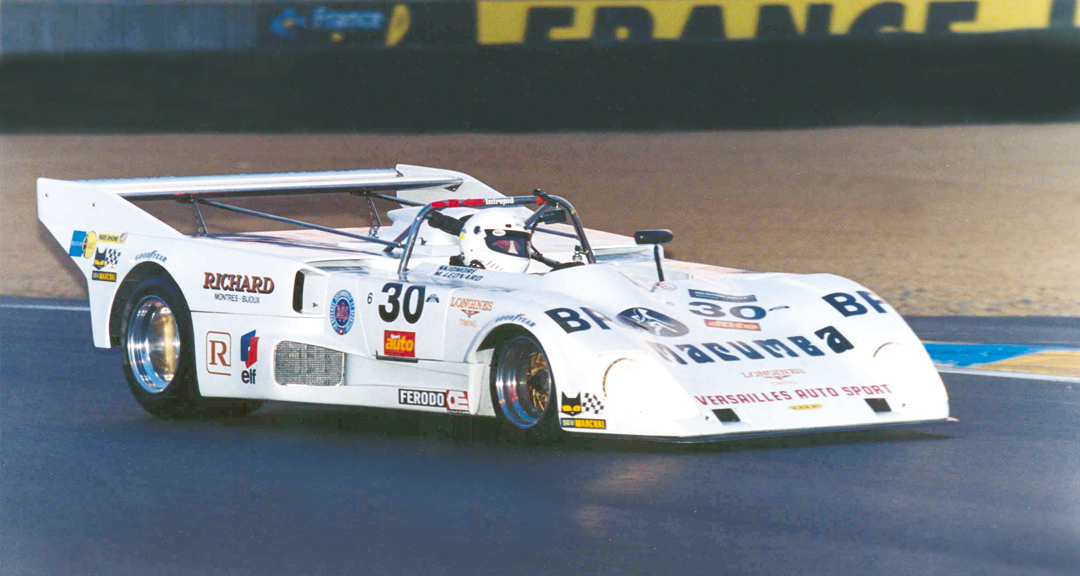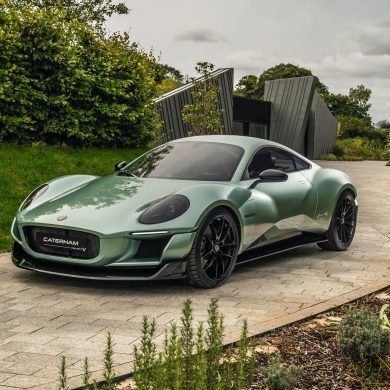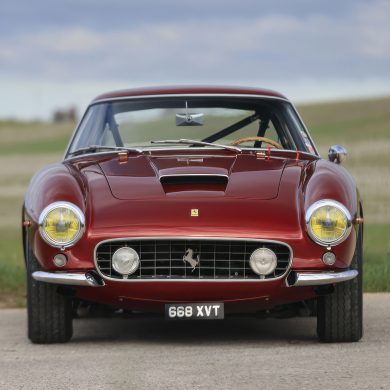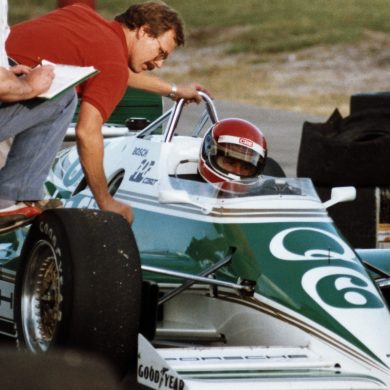The Automobile Club de l’Ouest and Peter Auto joined forces to create the second Le Mans Classic held over the full 8.48-mile (13.65-kilometer) circuit from July 23–25. Since 2002, some changes have been made to bring in a compulsory pit stop and optional driver change in each of the six age-related grids that span the period 1923–1978. Each grid now has three races of 45 minutes in the 24 hours, run-in rotation, with everyone having a race at night. This produced a test of endurance in fine, warm weather for the 360-car entry, plus reserves, and almost 1,000 drivers who between them represented 24 nationalities. Seven previous winners of the famous 24 Hours and 150 cars that had actually raced at this track in period were entered.
The sense of expectation and for some, trepidation, was tangible on the Friday evening as the drivers took to the Sarthe track. For some, their first experience of the course was to be in the dark. The quickest were reporting speeds approaching 200 mph, bringing stresses and strains on the cars (and drivers!) and some unfortunately never made it through to the races. The emphasis was on team spirit and a number of awards were devised to ensure that not only did each race have a winner but each grid had a winner on aggregate, an “index of performance’ victor and a team award, with every car crew teaming up with the same race number entry in each of the other grids. All of this made progress difficult to follow for spectators but fortunately there was some close racing on track, especially in the most recent group. Past 24 Hours winners Jurgen Barth, in a 1977 Martini Porsche 936, and Jean-Pierre Jaussaud, with a 1978 Renault Alpine A443, traded places, a contest that was resolved in Barth’s favor only when Jaussaud made an error at Tetre Rouge and landed in the gravel just before the 4:00pm climax. Barth drove three Porsches at various times and scooped the most awards.
The green flag lap for the first groups was preceded by a staged “Le Mans start” with drivers showing varying degrees of fitness as they sprinted across the road to jump into their cars, a piece of theatre witnessed by full stands of appreciative spectators. Three-time Le Mans winner and 1961 World Champion Phil Hill, partnered by Joe Colasacco in the 1953 Alfa Romeo 3000CM, was the highly popular winners of the index of performance for their grid. The 1991 victor, Johnny Herbert, switched to Nigel Webb’s Jaguar C-type after an engine failure in their D-type and enjoyed a race win during the night. Bill Binnie’s Ford GT40 was also a winner.
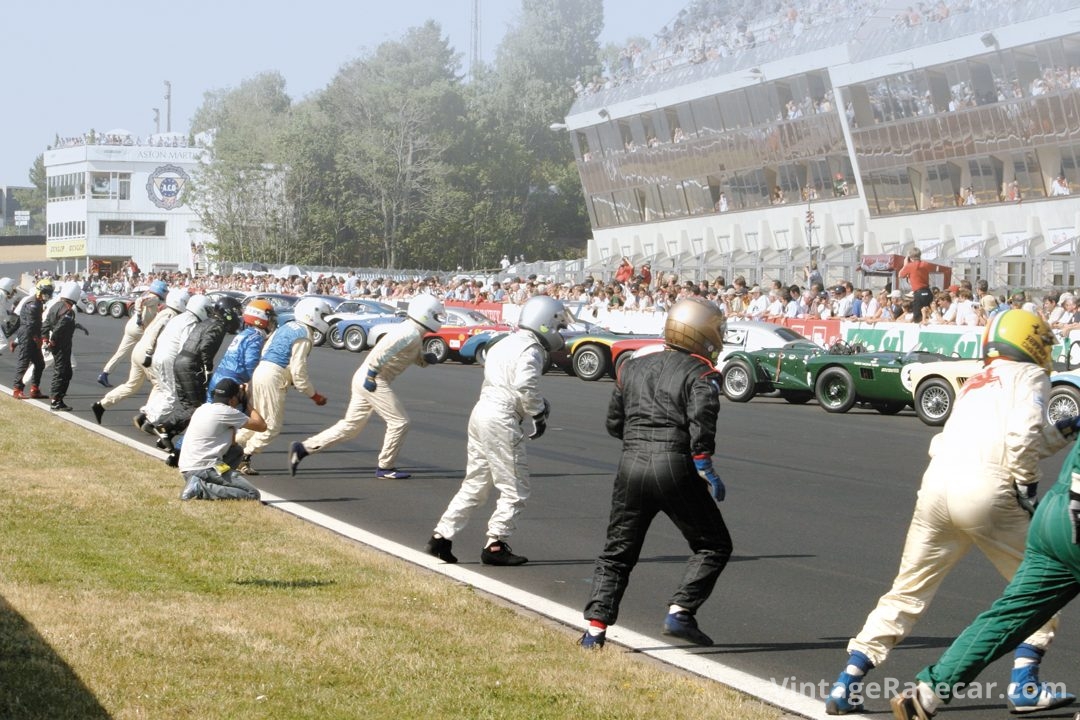
California’s John Delane and respected British restorer Rick Hall had jointly bought a 1971 Chevron B19 especially for this event and Delane, driving alone in his second race on Sunday morning, was delighted with 3rd place on the road. Another stand-out American entry was the Lola T-286 of Bert Skidmore and Mark Leonard, which set the fastest lap of the weekend, and led the race by more than 12 seconds until an oil pump drive belt prematurely ended their race.
A frightening accident occurred just after the Mulsanne Kink on Saturday when the hood of an Allard flew off into the path of California-based Neil Hadfield’s Jaguar C-type, causing him to hit the barriers, which in turn launched the car into a roll. Hadfield was reported to be seriously injured but is, thankfully, expected to recover.
An even bigger event is promised for 2006 but the organizers would not be drawn on a date. The change from September to July was partly to ensure more daylight running but the holidays in France presented problems in finding skilled marshals to line the long course.
Submitted by Keith Booker
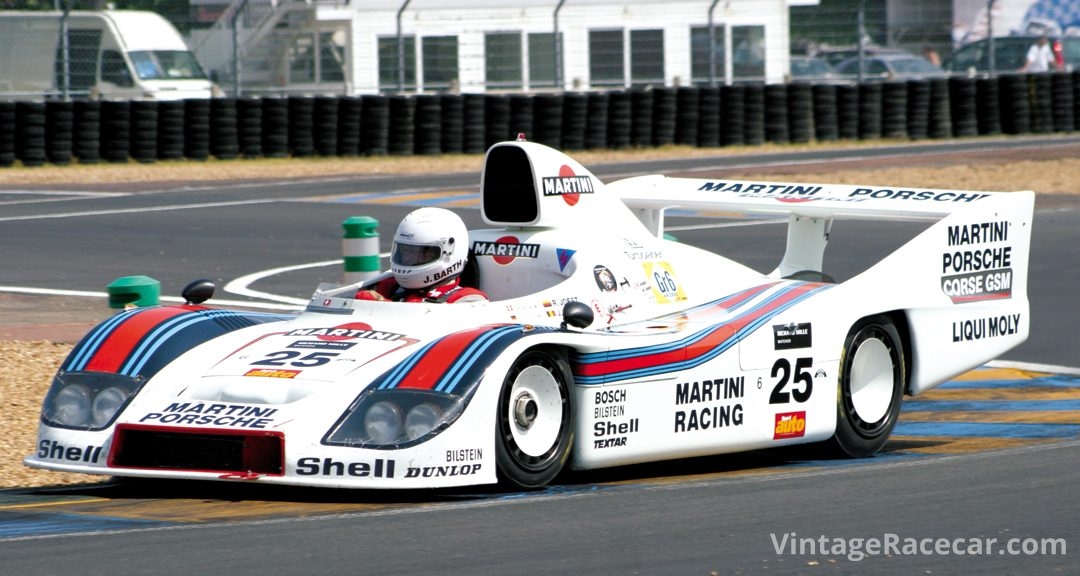
Photo: Keith Booker


